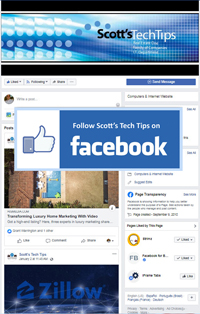Do you often have trouble sending large file attachments via email? Do you receive bounce backs and returned emails with error messages stating that the email that you sent exceeded the maximum size of the recipients mail box? If you do, you’re probably sending files that are generally too large to be emailed. Most email services have limits on both incoming and outgoing mail messages that restrict the total size of an email to under 10 MB and often even less than that. Gmail and Yahoo have larger limits but even they cap you at 20 to 25 MB. This size includes the file attachment and the email text, header, formatting, etc. Our internal network allows for a total email size of as high as 30 MB but if you are using an email alias and your current email provider has a smaller limit, the message will still be blocked and returned when it’s forwarded on to your email account.
“Large files really should be sent as a link not as an email attachment.”
The real problem is that large files really should be sent as a link not as an email attachment. There are quite a few free services available that can easily help you get around these limits and all of the frustrations that come with them. I’ve listed four of my favorites below. Give one of them a try. They’re all easy to use and your clients will appreciate it.
YouSendIt, allows you to send files as large as 100 MB in size through a web interface, a desktop utility or an Outlook plug in.
SugarSync provides 5 GB of free online storage and allows you to easily share your large files.
Dropbox and Google Drive both offer 5 GB of free cloud storage and sharing your large files with these two sites is also easily accomplished. For step by step instructions on how to share files using Dropbox, see my video tutorial below or just follow this link Dropbox











Comments on this entry are closed.